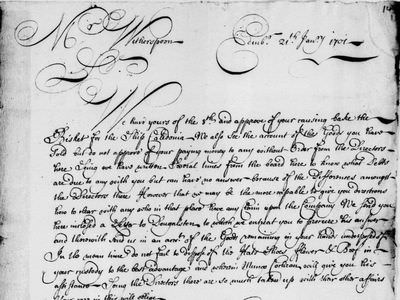Slave Trading Records from William Davenport & Co., 1745–1797

The papers of William Davenport & Co., 1745–1797
Within a few years of this first known venture to Africa, Davenport had clearly become a regular shareholder in slaving voyages and a recipient of profits from them. Davenport was one of the principal investors at Liverpool in such voyagesUniversity of Hull
Access the full collection
Access the full archive of Slave Trading Records from William Davenport & Co., 1745–1797.
Institutional Free Trial
Start your free trialRegister for a free 30-day trial of Slave Trading Records from William Davenport & Co., 1745–1797, for your institution.
Institutional Sales
Visit Sales PagesellFor more information on institutional access, visit our sales page.
Single User License
Purchase a license below to view the full collection.
Already have a license? Sign in.
See this Liverpool slave trading company's accounts from 1745 to 1797

William Davenport was a Liverpool merchant and British slave trader. From the late 1740s till the early 1790s, he invested regularly in the African slave trade and was a partner in slaving ventures with other leading merchant Liverpool families.
Content Warning: This collection contains racist or offensive terms. Owing to their historical importance, the sources are in their original state. Please read our Sensitivity Statement for more information.












